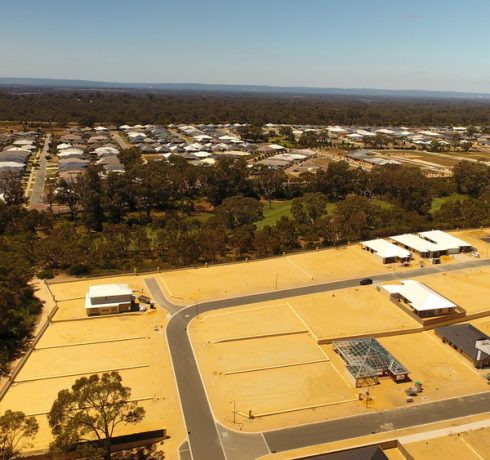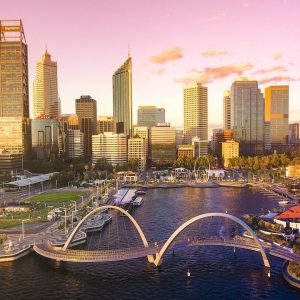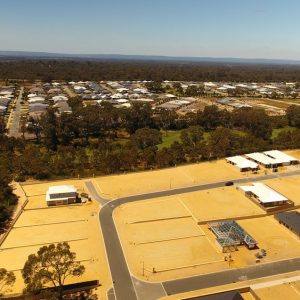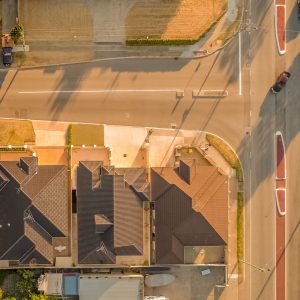Isn’t it frustrating how little information is available out there as to where subdivision in and around the Perth metro area is actually possible and profitable?
We see so much spin about people making money through triplexes and battle-axe developments, but when most people try and do their own research, they come up wondering whether that subdivision next door was actually a profitable venture at all.
And its not surprising.
The reality is, in my everyday job of searching for and running pre-feasibility studies on subdivision-possible properties for sale in WA, only 3 of every 100 properties for sale with development capability are actually worth my time clicking on.
I understand that’s not very encouraging for the punter hopping on realestate.com.au after work to fill their home open schedule for the weekend.
So I thought I would be of a little assistance by cutting down the workload and providing some parameters for what makes a profitable subdivision project, not just in the immediate development period, but as a long term, passive hold as well.
After all, a development is still a real estate investment, and those should generally be good to hold over a medium period of time as well, right!
Finding the Right Suburb
Before you even start trying to figure out whether you CAN subdivide a property you are looking into, you first need to ascertain WHY that property should be subdivided in the first place.
And you may respond by saying, ‘if I can, and others have too, then why not?’.
For me, profitability is more than just numbers pulled together on a spreadsheet.
Values don’t just increase over time because your parents told you values double every 10 years.
In that same manner, the products you are creating when subdividing wont just sell for what you want them to just because you think they should or because a neighbour was able to.
Quantitative value increases and value strength comes from a foundation of qualitative factors affecting individual demand for a property itself.
So ask yourself, if you are planning to increase the density of a lot in a certain suburb, what need is demonstrated for that new product you want to create? What lifestyle factors support a reduction of living space and backyard size? Is there a strong enough ‘walk score’ that all of the factors a buyer gives up within the property are made up for by local amenities in the immediate vicinity?
What do I mean by that?
Well, I bet if I asked most people if they would want a big house or a small house, the response would be skewed towards big. However, some are happy to go smaller as long as their lifestyle is balanced out by being close to the local school, 2 mins from the train station, or walking distance from the shops.
Hence, if the suburb or street that you are looking at doesn’t offer a modern lifestyle, what is the logic in creating a modern development no one can enjoy?
If you asked me, I’d be looking at suburbs that are home to major shopping centres and great schools, have train stations named after them, or enjoy modern café strip lifestyles.
Think Cannington, Bassendean, Warwick, Morley, Bentley, Innaloo.
Zoning
If you haven’t at least heard of the RCodes (R20, R40, R60 etc), then you might want to come along to one of our masterclasses held at Curtin University.
Essentially, every property in Perth has been assigned an RCode by its local council, and this RCode determines how many dwellings can be built on a single lot.
To confirm the RCode of the property you are interested in, type ‘intramaps [local council]’ into google and use the mapping service hosted on the relevant local council’s website.
Let’s say the RCode is R20. This means that the council will only approve a subdivision into 2 lots when the original lot size is 900sqm or above.
The higher the RCode, the more densely you can split up the original lot.
Public Services
Once you’ve nutted down a suburb or two and understand how the zoning system works, you’ll want to get down into the finer details of the properties you have researched that are on the market.
It’s easy to assume that subdividing a property takes nothing more than a weekend bobcat rental and a couple of application forms. The reality is, that is the least of a developer’s concerns (and potential costs).
If you want to subdivide a property, western power will make you pay for their underground power conversion program (pretty smart, hey!), water corporation will charge you a tax of over $6,000 per new lot created, and each local council will place a myriad of conditions on your project that can cost tens of thousands of dollars.
These are all site-specific and not really appropriate for this article, but a rule of thumb for reducing potential cost blowouts is to pick a flat property where the overhead power is in your side of the road.
Profitability
Finally, unless you come to one of our masterclasses at Curtin University, it’s not easy figuring out whether you will actually make any money from your subdivision.
A wise man once said, ‘you make your money when you buy, not when you sell’.
In other words, once you have purchased the property for the price you agreed on, there is no turning back. The maximum profit you will make has already been decided.
Without going into too much detail, a good way to improve your chances of making profit from your development endeavours is to develop in a suburb where the price of the product you are creating, whether it is a three by two, or a two-storey townhouse, is close to the value of the property you are buying in the first place.
Usually, if you are multiplying that by two or three via a subdivision, after adding all the costs up along the way you should be on your way to a winner.








Comments are off this post!